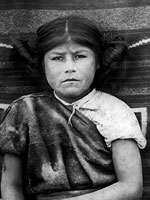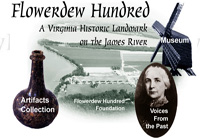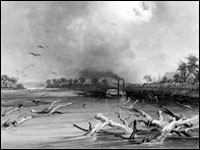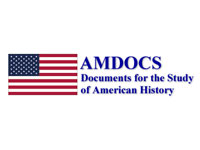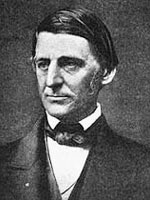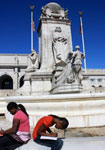Columbus in Context
When I first started teaching a little more than 10 years ago, very few of my students knew why they were getting Columbus Day off. Now, I find a lot more know why they have the day off and have a pretty strong opinion as to whether or not it should be celebrated as a national holiday. I've enjoyed watching my students be able to express their opinions better and better throughout the years.
While my U.S. History state standards do not cover Columbus's voyages and exploration, I find it is a lesson worth teaching, and very timely with the holiday. As my students have grown in their knowledge and understanding of Columbus, I have had to change my lesson to contain more depth. One way I like to do that is by integrating a local monument into our discussion.
Preparing for the Site Visit
I start the lesson out by reading several chapters from Joy Hakim's A History of US, Book 1. The chapters talk about Columbus's character, his experiences, and effect on the "New World." While most of my students cite that Columbus shouldn't have a holiday because he didn't "find" anything new—that there were inhabitants living there already—they are unaware of the details of his encounters with Native Americans. They also do not know about the Columbian Exchange or Columbus's use of scientific knowledge to aid his survival.

After our reading, complete with guiding questions, I ask the students why we have memorials. Most say that it is to remember a person or an event. Here in DC, student examples range from the Washington Monument to the Lincoln Memorial to the Vietnam Wall. I tell them that we are going to go see a memorial to Christopher Columbus. I ask them what a 'symbol' is and work with the definition until there is an understanding among the students. We talk about how memorials and monuments convey their message through words and symbols. I tell the students that we are going to be looking at this memorial for symbols.
While the Columbus Memorial is only a few blocks from our school, and many of my students pass it twice a day, most do not know about it. Those that do, usually do because they had a sibling in my class in previous years.
After a quick reminder on memorial etiquette and general good behavior expectations, I have the students get their jackets, take a handout that I provide, and a pen or pencil. . . .and we're off!
On-site with Christopher Columbus
The five-block walk to Union Station is quick, and as we come up to it, I can hear many of my students say that they know this memorial, but they never knew what it was about or who it was to.

I tell the students they have between 10 and 15 minutes to look at the memorial and to answer the questions on their paper. They may work individually or in small groups. I remind them to look for symbols.
The question sheet is not difficult, but it does make them look at the memorial. The questions on the sheet are:
- What is your first impression of this monument?
- Have you seen this monument before? If you have, did you know that it was a monument to Christopher Columbus?
- What symbols do you see on this monument that give you clues to what Columbus did in his life? (List them here.)
- Are there any words on the monument? If so, what are they?
- Do you think anything is missing from this monument? If so, what? If not, what makes it complete?
- Does this monument portray Columbus in a positive or a negative way? How do you know?
- Do you think this is an appropriate monument? Why or why not? Give evidence (from our reading yesterday and from your own feelings) to support your answer.
I give them a few minutes to look and then I begin to circulate to see what they have come up with, what questions they have, and maybe to point out a symbol or two they may have missed.
What Do You See?

After 10 or 15 minutes, I call them back together at the front of the memorial and I ask them to share what symbols they have found. Some of them include:
- lions (for the courage to sail into the unknown)
- the Native American (on one side of Columbus, to represent the New World)
- the European man (on the other side of Columbus, to represent the Old World)
- the bow of the ship (for his means of travel)
- the three flag poles behind the memorial (to represent the three ships he first sailed on)
- the medallion of King Ferdinand and Queen Isabella on the back (in recognition of who he sailed for and who funded his expeditions)

The students really enjoy being able to share what they found. Some students believe that some of Columbus's crewmates should be added to the memorial because, my students say, he couldn't have done it alone. Some believe that goods from the Columbian Exchange should be integrated into the memorial. Others believe that chains, to represent the start of slavery in the New World, should be added.
Before we go, we always take a group photo.
Responding to the Experience
Upon return to the classroom (my double block is almost up by this time), I ask my students to now write one complete paragraph, taking a definitive stand (no wishy-washy yes and no answers) as to whether or not Columbus should be celebrated with a holiday. Students may not state the day off as a reason for celebrating it. If time permits, I like to have a volunteer for each side of the debate share his/her paragraph. If we have run out of time, then I start my next class with this activity.
It's a great way for my students to think about the holiday, memorials in their community, and to evaluate history. It also provides a great gateway for me to use other memorials and monuments in my teaching as the year continues.
